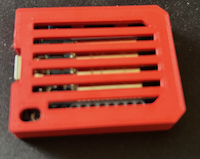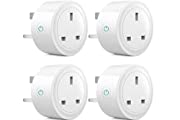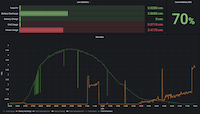3D Printed Hydroponics Tower
Last summer I became curious about trying hydroponics to grow basic greens on our patio. I looked at potential systems, but the UK pricing for solutions was expensive. For tower systems, these would typically cost £300-£500+ for a tower capable of growing 12-18 plants. This was more than I was prepared to spend to find out if it was something I was interested in.
Earlier in the year I purchased a Bambu X1C that I ran alongside an older Prusa Mk3S. So I thought I would see if I could build something myself.




